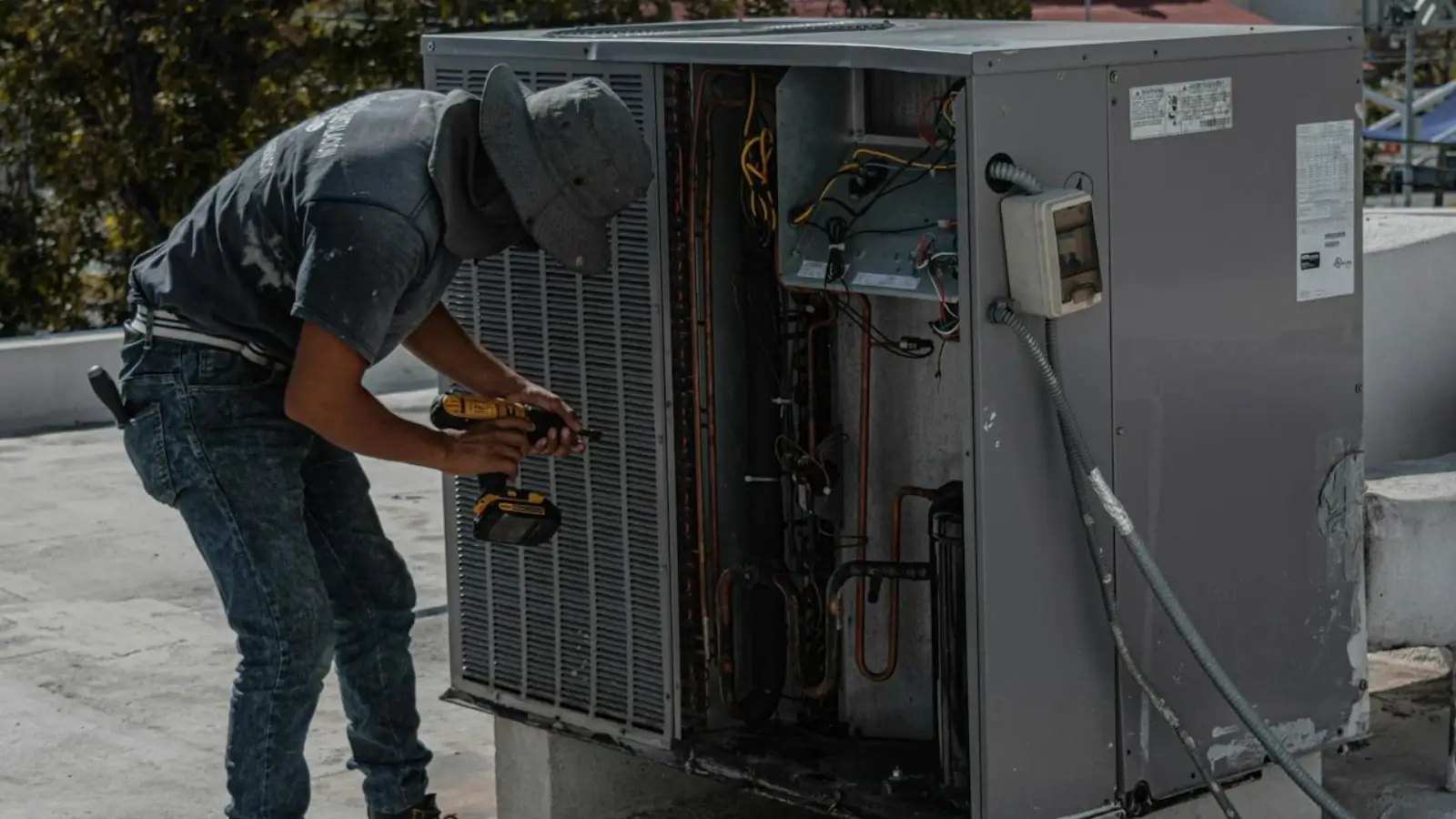When Conversations Turn Chaotic: The Challenge of Scaling Moderation
Picture this: a major breaking news story hits, and within seconds, chatrooms tied to a global live stream explode with activity. Thousands of messages flood in—questions, hot takes, and unverified rumors pile up faster than anyone could reasonably track. In less than a minute, the chat becomes an overwhelming blur, teetering dangerously toward misinformation and toxic exchanges.
This isn’t an outlier. It’s the modern norm. The sheer speed at which online communities grow and engage has strained traditional moderation methods to their breaking point. At peak moments, chat platforms must manage tens of thousands of inputs per second, a task no team of human moderators can fully handle.
Yet here lies the core dilemma. How do you balance the openness of digital connection with the urgent need to prevent harm? Too much restriction risks stifling free expression, but letting users enforce their own boundaries? A recipe for unchecked chaos. Technology offers solutions, but it’s a complicated dance between freedom and oversight.
Filtering the Noise, But Listening to the Message
Behind the curtain of modern chat platforms is a critical piece of technology: real-time automated conversation screening. At its core, it’s about teaching machines to understand and filter human speech—an impressive feat made possible by natural-language processing and machine learning.
These systems use multiple techniques to tackle abuse. Sentiment analysis evaluates emotional tone, mapping out whether a comment leans toward aggression or civility. Keyword patterns highlight alarming phrases, flagging potentially harmful content. More advanced setups even build user behavior profiles, analyzing patterns over time to spot botted accounts or habitual offenders.
But no system is perfect. Too heavy a hand in filtering, and harmless discussions risk unnecessary censorship. Turn the dials too loose, and dangerous or offensive content seeps through. The trick lies in constant adjustments. Consider this: during an online gaming tournament with thousands of players chatting live, an overly strict filter flagged legitimate game strategy terms as profanity. Moderators responded in real time, tweaking the AI thresholds to ensure the chat remained clean but still game-relevant. The result? A smoother, more productive session—with lessons learned for the next event.
Laying the Groundwork for Sustainable Moderation
Effective moderation begins with structure, not just technology. To create a healthy, secure environment, every platform must lay a foundation that users can trust.
First, clarity is important. Clear and well-communicated community rules prevent confusion and set expectations early. What’s allowed and what isn’t? It’s not just about safety — it’s about fostering a shared sense of responsibility.
Second, moderation should be tiered to reflect the stakes. Low-volume forums might function well with lighter tools in place. High-traffic events? Those demand a robust triage system that prioritizes flagged content appropriately.
Third, AI systems work best when supported by human insight. A strategically designed escalation mechanism ensures moderators can step in where algorithms fall short, providing context to edge cases.
Fourth, metrics are everything. Tracking performance—such as how many messages are flagged versus how many are overturned—offers powerful insights. Such tracking isn’t just numbers; it pinpoints weak spots in your strategy and spots rooms for fine-tuning.
And finally, nothing works without iteration. Moderation policies must evolve based on user behavior and platform growth. Regular audits keep systems aligned with the community’s current needs. One useful resource to explore this further is chat moderation. Platforms that treat their policies as static guidelines often find themselves outdated or ill-equipped to deal with evolving challenges.
Bridging Speed and Sensitivity: The Human-AI Tandem
AI in moderation is fast, scalable, and impressively consistent. But it’s not a cure-all. Machines process language differently than we do, and detecting sarcasm, satire, or cultural nuance remains a steep climb for even the smartest algorithms.
This is where human moderators step in as indispensable partners in the workflow. Think of AI as a first responder—it rapidly scans the noise and flags content in real-time. Offensive slurs? Auto-removed. Overtly violent threats? Escalated instantly. But then there are borderline posts: remarks that warrant review to account for context. Those are routed to human moderators trained specifically for judgment calls.
The benefits are clear. AI offers speed. Consistency. The ability to detect in milliseconds what might take a person several minutes to read and understand. Humans bring nuance. Adaptability. Real-world knowledge that algorithms currently cannot replicate. Together, this collaboration does more than maintain order—it sharpens performance. For instance, platforms using this dual-tool approach have reported up to a 30% decrease in wrongful content removals by refining how AI escalates issues to moderators.
This isn’t about replacing humans with machines. It’s about blending the strengths of both. Accurately, efficiently, and with cultural awareness intact.
Charting the Course for Earning User Trust
As technology evolves, so do the tools at moderation’s disposal. Smarter machine models are emerging, systems capable of learning from their own mistakes. Forward-looking platforms are also exploring multimodal analysis, where text, images, and even voice are integrated into content screening. And then there’s the growing push for user-driven appeals, providing individuals the power to challenge flagged content and engage directly in the process.
However, these advancements mean little without transparency. Platforms must do more than moderate—they must continually show their work. Transparent oversight reports, clear user feedback loops, and open communication about moderation practices have become essential for preserving credibility. Not just with users, but with society at large.
The goal isn’t to make chat safe by shutting it down. Moderation done right doesn’t stifle engagement; it nurtures it. It ensures that online conversations remain meaningful, lively, and trustworthy. After all, the promise of digital dialogue is that it connects us. The challenge is ensuring it doesn’t divide us in the process.

















